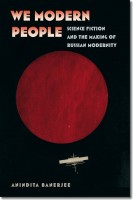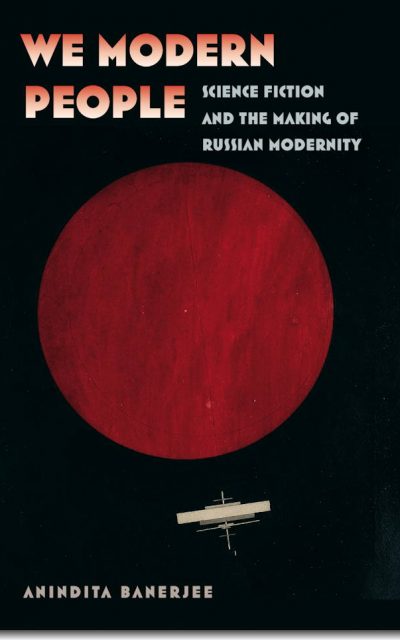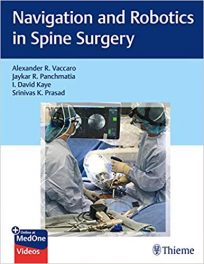 Author: Anindita Benerjee
Author: Anindita Benerjee
Publisher: Wesleyan University Press
Book Review by: Sonu Chandiram
In 1889 a Petersburg publishing house, P.P. Soikin, started a Russian magazine called Nature and People, which described itself as “an illustrated science journal for family reading” and claimed it will “bring the world into every Russian living room.” This was the same year that National Geographic was established in the United States.
Two years later in 1891 a French publication named l’Annales de Geographie with a focus on the world, appeared. Then in 1994, another Russian periodical named Around the World which had been published since 1860 but irregularly, came out, revamped as an illustrated weekly that now specialized in exploration, geography and travel.
That these four new Western periodicals began publication within five years of one another seems to have been purely coincidental, but the author points out that the one thing we can deduce from it, is that like people in the U.S. and France, the Russians were beginning to show interest in space.
Anindita Banerjee writes that Nature and People had “a particular orientation toward horizons far beyond the reader’s experience and knowledge defined the novelty.” And she states that the mission of all the publications was the same: “to cultivate a consciousness of space that was quintessentially modern.”
So modernity in Russia arose, or at the least, was propelled, by the emergence of science fiction media, the author asserts. Therefore the subtitle of this book: “science fiction and the making of Russian modernity.”
She goes further by saying that examples of science fiction appeared earlier in Russia than in the United States. She points out that the Russian novelist Yevgeny Zamyatin used the term ‘scientific fantasy’ (translation of the phrase nauchnaia fantastika) in his novel We (My) in 1923, whereas the American editor Hugo Gernsback introduced the phrase ‘science fiction’ only in 1926.
Banerjee goes on to cite several more examples to support and prove her thesis that science fiction – with text and images of foreign lands, travel and space – got people in Russia thinking about the future and actually brought about modernity in the country. We all know thought precedes action. She writes:
“This book explores how science fiction became a way of not just telling but also of making modernity in Russia. Bold as the proposition may have sounded in 1894 or 1923, it seems particularly apt from the vantage point of our own present, widely understood to be in the midst of a similar transformation of which science and technology are also the chief driving forces.”
She mentions that in the twentieth century it was the discovery of relativity and aviation that led to ‘tremendous upheavals’ in our lives. In today’s world it is digital media, genomics, information technology and robotics, to name some crucial areas, that are bringing about a lot of change in our way of life.
The author contends that it was not solely the October Revolution that put Russiia on the path to modernity, which she characterizes as “a distinctively Soviet model of techno-scientific utopia.” It was the influx and development of science fiction that played a major role in bringing Russia to the modern age.
The author details four important aspects of change in Russia’s path to modernity from its pre-revolutionary or Bolshevik past. These form the basis of the four sections of her unusual book. They are the following:
- Conquering Space – shows how imaginary locales of science fiction generated radically new ideologies and images of Russia.
- Transcending Time – examines how the emerging genre of science fiction accelerated and compressed time, with the automobile, cinema, locomotive and telegraph helping overcome the nation’s ‘backwardness’ and pushing it forward.
- Generating Power – traces how electricity, a novelty at the beginning of the twentieth century, became readily available to the masses and sped up communication and transportation.
- Creating the Human – reveals the ways how science fiction “became an extraordinarily fertile venue for reinvigorating spiritual concepts such as kenosis and immortal life through new scientific insights such as the energy-matter continuum and radical biotechnologies such as tissue culture and experimental psychophysics.”







